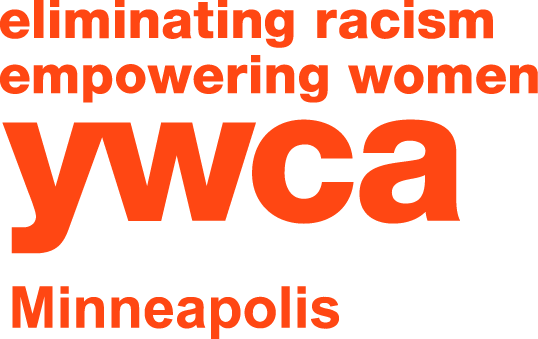YWCA Youth Get a Taste for Careers in Food Science
In past years, Eureka! held an annual Food Science Workshop. At our most recent event, seven female food scientists volunteered their time to host different Food Science activities for youth to explore.
Before starting, the food scientist volunteers and youth played an icebreaker game of Heads Up with the theme “Food Creations by Scientists.” Each person picked up a card, and their team gave them phrases to help them guess their card correctly.
Everyone had a great time guessing their favorite foods—such as ice cream, potato chips, Coca-Cola and cookies—and it got them excited to learn more about what food scientists do.
Lemon, Vinegar or Water?
At this station, the youth tested whether lemon, vinegar, or water would help keep an apple from browning. The youth made hypotheses and then performed tests by soaking apple slices in separate baths of lemon, vinegar, and water for five minutes.
Many were not surprised that lemon helped their apple from browning the most. When one of the food scientists asked the youth how they knew, one girl mentioned that their mother would squeeze lemon on her apples when making salad. Because of her eye for detail, she learned and was able to predict that lemon would be the best mechanism for the experiment.
One volunteer explained that lemon's low acidic pH levels cancel out apples'‘ browning. The youth also discovered that vinegar effectively prevented an apple from browning, but not as much as lemon juice. Soaking apples in water was also helpful but less effective than vinegar.
Through this exercise, the youth learned that because people eat with their eyes first, it was the job of a food scientist to determine how best to keep an apple from browning over an extended period of time so that people would buy it.
Tasting Without Seeing
People often think they taste with their mouths first, but they actually eat with their eyes. At this station, youth tasted various dyed sparkling water flavors.
There were blue, red, green and yellow sparkling water samples. However, the catch was that the flavor did not match their color! The stations challenged youths to figure out what flavor each sparkling water was based on its taste alone.
While tasting the green drink, many youths predicted lime, claiming they could taste it even though they knew it wasn’t lime. A young person had difficulty deciphering its taste and declared, “It tastes just like the last one.” When the food scientists at the station revealed that the green sparkling water was blueberry, the youth were amazed that they couldn’t think of that. Remarks of, “No way,” and “what,” went up in the air, surprised at its flavor.
Youth learned that customers were more likely to buy a product if its color aligned with its flavor. Customers often didn’t find it tasty if it didn't. It was the job of a food scientist to determine how to make food products not only tasty but presentable to people so that they could enjoy them with their mouths and eyes.
What’s the Difference? Oreos vs. Reduced Fat Oreos
At this station, youth were each given four samples of Oreos and three samples of Cheez-Its and had to determine which was the reduced-fat version. Some youth looked at the colors. Some took a tiny bite out of each cracker and cookie. Other youth looked at the size and weight of each to see if there was a difference.
Food scientists revealed that when making a reduced-fat version of a snack, they do their best to make it healthy while having it appear similar to the original version so that customers would purchase it and find it still as delicious.
Learning about Careers in Food Science
The food scientist volunteers gathered for a 30-minute panel to wrap up the activity. Youth asked, “What level of education did you need to get to where you are?” Many girls were surprised to discover that the majority of the women volunteers were in the process of continuing their education and didn’t stop after attaining their bachelor’s. Some were finishing their master’s program while others were pursuing their Ph.D.’s.
Youth were inspired by their passion for education and began to consider pursuing education beyond their bachelor’s. One middle school girl shared, “I didn’t know workplaces could finance you to go to school. I will make sure I work for a company that will help me achieve higher.”
When youth were asked what message they were going to take away from the workshop, one middle school youth shared, “I learned that it’s important to make a hypothesis. It tells you what you first thought was going to happen before it happens. I would’ve forgotten what I initially thought during the apple experiment if I didn’t have it written down first.”
Another middle school youth shared, “Food science is fun! I want it to become my hobby.”
Girls Inc. youth had a great day learning about food science and what it means to have a career in food science. Having a career in science, technology, engineering and math (STEM) isn’t limited to engineering, health care or other familiar professions. You can also design the food we eat!




